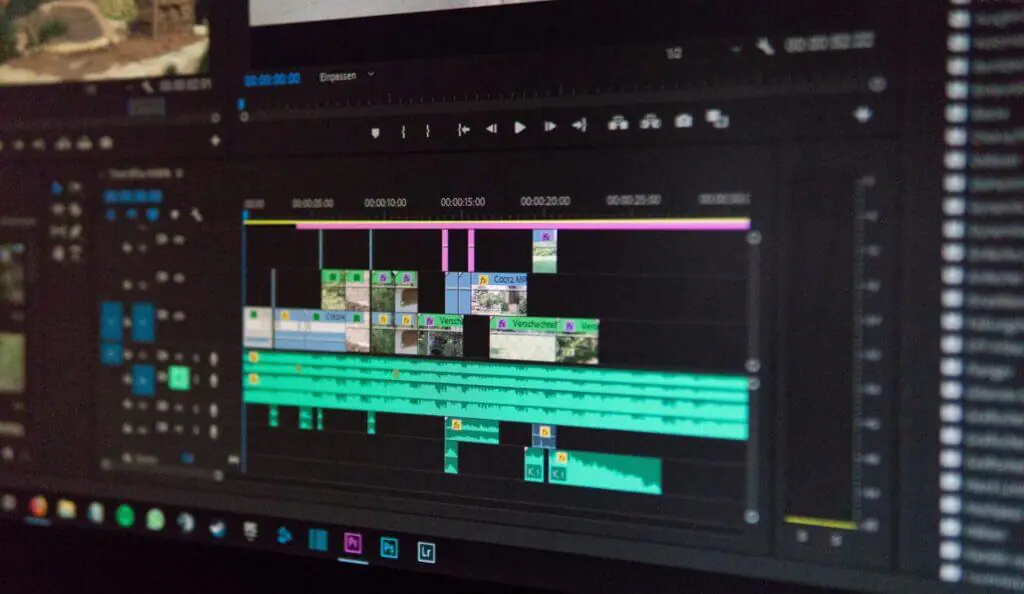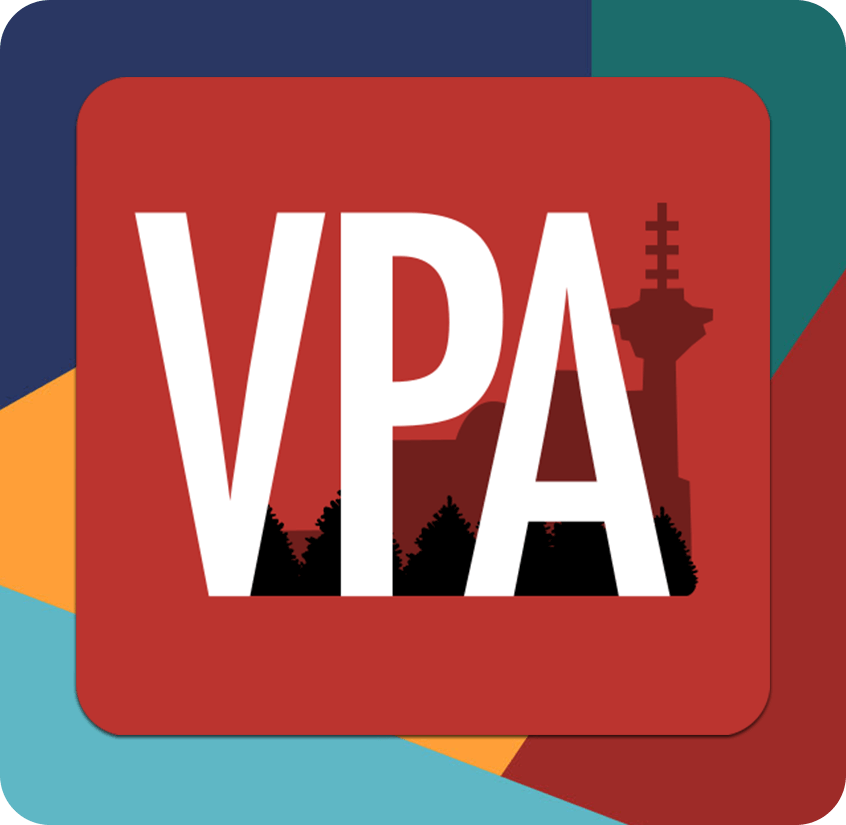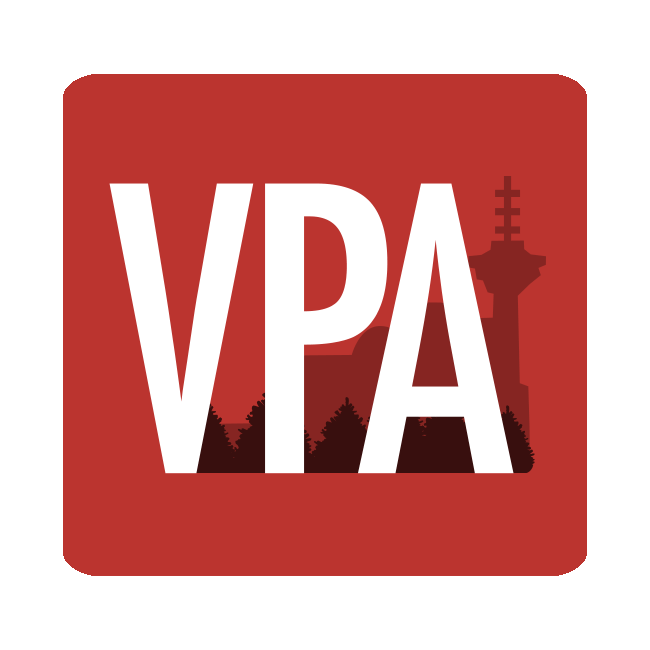Post Editorial
- Home
- Career Pathways
- Post Editorial

Department Function
The process of preparing, selecting, and piecing together the best portions of the raw footage shot on set to tell a cohesive and engaging story.
Working in this Department
The Editorial department has 3 main parts:
The first one is led by Assistant Editors. They will sync (if no dailies facility is involved) and organize all dailies for the Editor. Important documents like camera, sound, and continuity reports will be used by the Assistant Editors to achieve that task. They will also use these documents to assure that no files are missing from set. They are in charge of creating temporary sound design and effects to the offline edit, temporary music and score, or any other temporary assets that will be used to tell the story, like rough composited visual effects. After picture is locked, they will create all the necessary exports for the following departments that will continue with the Post Production process: Sound Department, Finishing House, Composer and Visual Effects.
The second part in this equation is the VFX Editor. The VFX Editor does temp VFX during the Director / Producer / Network / Studio cut stage. They are in charge of cutting in-progress VFX for review, as well as providing all turnovers to the VFX vendor. They track versions of VFX shots in progress and are a bridge of communication between the Editorial and VFX departments. This position is usually found on Features and VFX heavy TV shows where budget has allowed for a full time position dedicated to VFX editing, otherwise this task will fall to the first assistant editor.
The third and final role is that of the Picture Editor. They are the head of the Editorial department. They will use their creative and technical skills to assemble a cohesive, engaging story through the manipulation of images and temporary sound design. This person focuses on finding the best performances and pacing to evoke an emotion from the audience. During this process, this person will creatively collaborate with Director(s), Producer(s), Show-runners, and more, through to picture lock. Picture Editors can also be invited to share feedback and ideas during the sound mix stage.

